BEYOND PERKS: WHY COMPANY CULTURE IS THE INVISIBLE HAND THAT SHAPES SUCCESS
- shoury01
- Jul 30, 2025
- 6 min read
Discussion - What truly defines company culture, how to decode and shift it, and why leadership behaviors matter more than mission statements in shaping workplace culture.
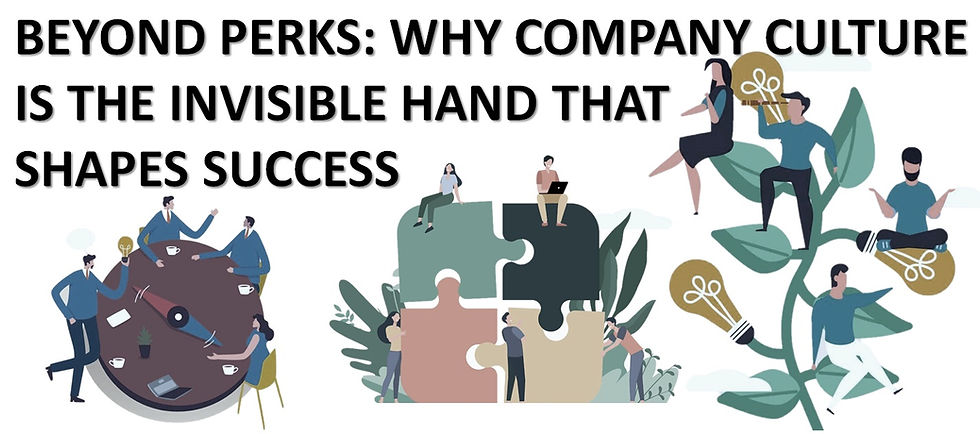
Everyone wants to improve their company culture. Culture has become the ultimate buzzword these days. Leaders also seem to talk about it all the time. Let’s look past the buzz and grasp the roots of organizational culture. It’s not the mission statement on the wall or the free coffee in the lounge that defines company culture. It’s what happens when no one’s watching. If we want to influence our company culture, we have to start with a keen understanding of what culture actually is.
What Is Company Culture?
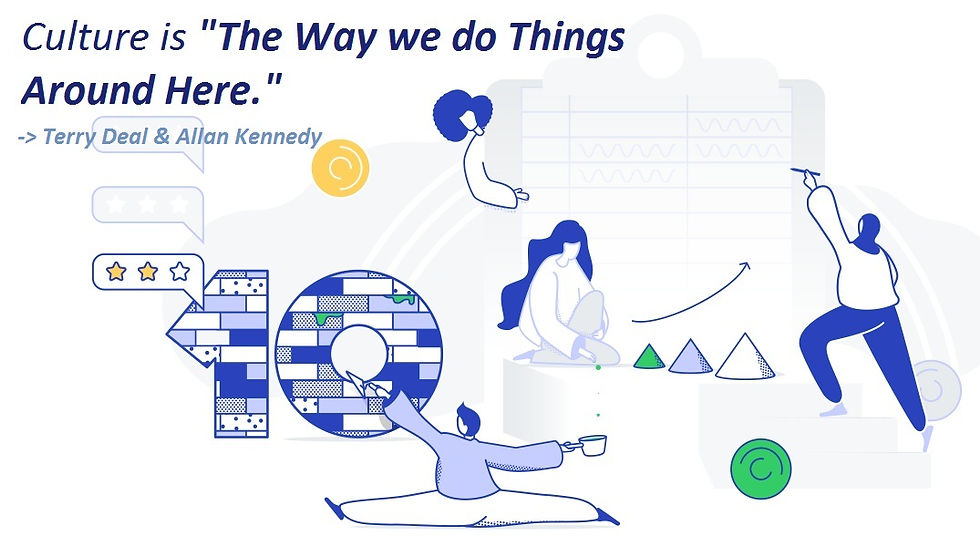
Culture is the thing we cannot necessarily touch and feel — it is the invisible binds and unspoken rules that enforce “how people do things around here.” However, this definition can be insufficient at times. “The way we do things” feels awfully vague and amorphous, especially when it comes to thinking about how to intentionally create a company culture we’re proud of. As a result, our attempts to influence culture get muddled. We often mistake surface-level signs (like perks, posters, or policies) for true culture. These are expressions of culture, not culture itself.
According to MIT Sloan Management Review, culture is "a system of shared values (what is important) and norms (appropriate attitudes and behaviors)." We conflate culture with surface-level relics, confusing culture with “Things To Make People Feel Good.” - ping pong tables, happy hours and free lunches. Sure, those are part of “the way we do things” — but it doesn’t explain why we are doing those things. Culture includes that why.
Measuring Company Culture
We can’t. And we don’t want to. Culture isn’t meant to be measured. Why? Because culture, technically defined, is the artefacts, espoused values and beliefs, and basic underlying assumptions that people have. And that can’t be measured quantitatively. Measuring/ quantifying it may erode the point of culture. Culture is an organization’s compass for behavior. It’s what people use to decide what actions are acceptable, and what are not. For example, at some places it may guide people to publicly report a mistake. At other places, it nudges people to brush a similar mistake under the rug.
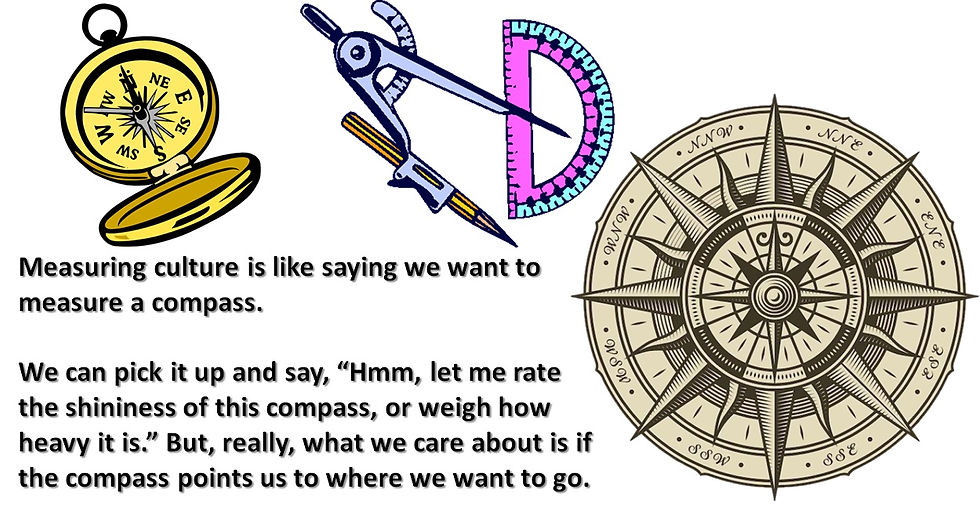
Measuring the compass itself doesn’t do you much good. Because if we don’t see culture as a lever that influences what we are trying to accomplish as a team, and instead as the thing itself we are trying to maintain, we lose sight of culture’s power in the first place: Culture helps a group of people get what they want done, done.
As a result, what we can measure are the outputs of culture. The observable behaviours and indicators we see as the consequences of our culture. Possibly the most important output to gauge is progress. Studies show how progress, more than anything, influences employee motivation. This means defining what “progress” looks like on a day-to-day basis. Is it the speed by which things are happening? Is it the quality of the work being produced? Is it the number of people we are helping because our work product exists?
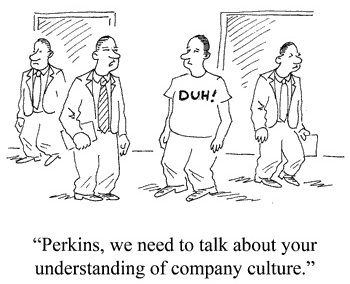
It could also mean asking questions like how helpful managers are in supporting people to make progress, or how frequently they encounter frustrating obstacles in a given week. Therefore: If we want to measure culture, we need to start with clearly defining what the outputs of a successful, healthy culture looks like in our context.
Ignoring Culture Can Be Fatal
Take Uber. At its peak, it had a wildly successful product and global reach—but an unchecked culture of aggression and unethical behavior at the top created widespread toxicity. The result? Brand damage, employee exits, and a CEO ousting. Culture isn’t just "soft stuff." It shapes how feedback is given, how conflicts are handled, what behaviors get rewarded and whether innovation is safe or stifled.
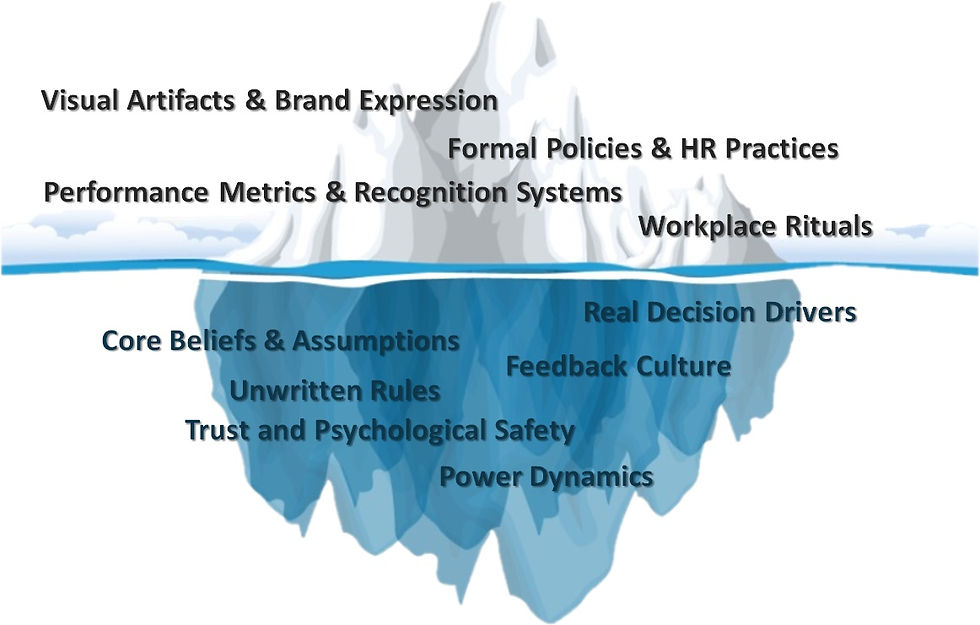
Elements of culture
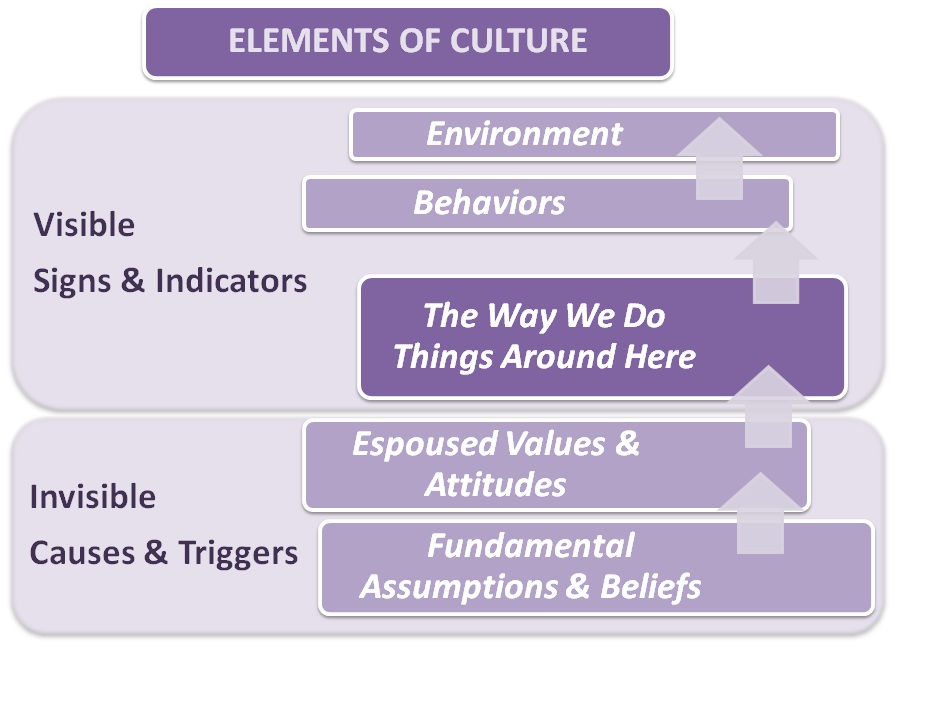
Why this matters
More often than not, there is a misalignment between the invisible and visible layers. The things we actually believe, versus the things we say we believe and the things we do to show it. Perhaps the most glaring case has been Uber.
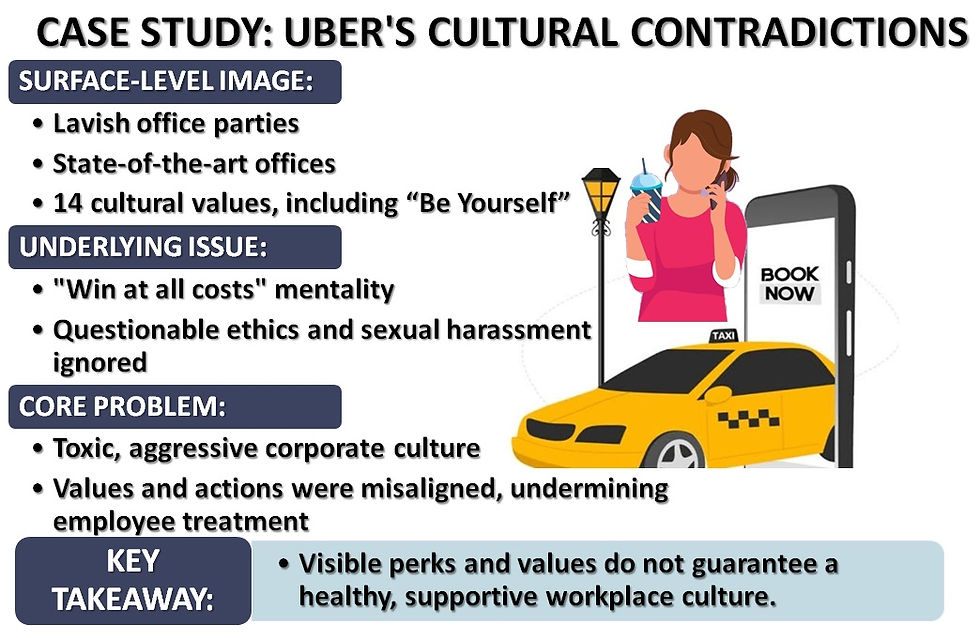
If we are looking to truly shift our company’s culture, we have to zoom in on this bottom most layer: our basic underlying assumptions. What we truly believe — not always what we say or outwardly show — is what drives the company’s culture. Changing the company culture is not about just changing the visible signs. Getting beer taps installed in the kitchens doesn’t make the culture more friendly. Nor does building an onsite gym mean the culture all of sudden cares about employees’ health and well-being. Changing the company culture also is not about just changing the espoused values and beliefs. Saying at all-company meetings, “We believe in honesty and transparency” or writing “We believe in diversity and inclusion” on a website doesn’t automatically make those things true.
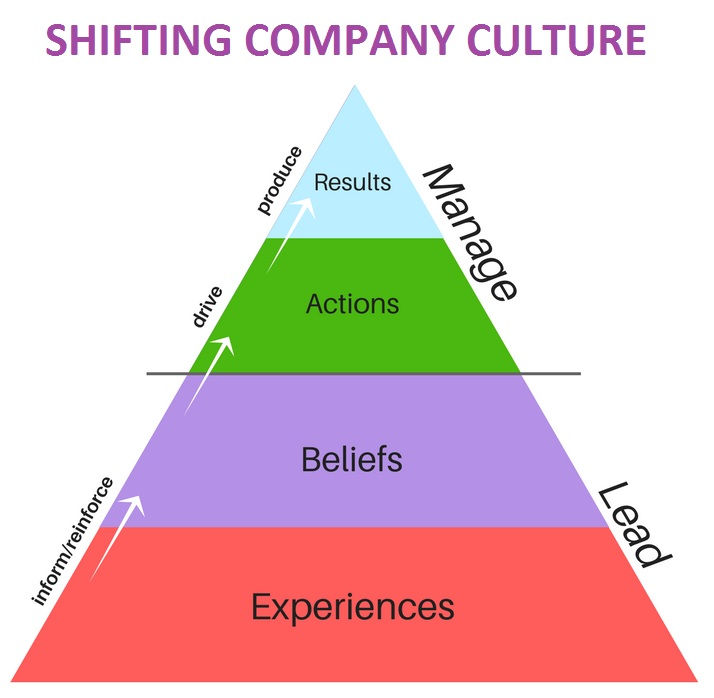
Changing company culture is about tapping into the core beliefs of each individual, understanding what their basic underlying assumptions are, and creating an environment where those can be listened to, brought together, and reacted to. If we can understand company culture, we can improve it.
Classification of Culture Types: The Schneider Model
The Schneider cultural model isn’t a new approach but it is relevant today. William Schneider describes culture as the answer of “How we do things around here to succeed?” No one culture type is better than another. They only have strengths and weaknesses. Depending on the type and nature of work, different types of culture may be a better fit. Companies typically have a dominant culture with aspects from other cultures. Different departments or groups may have different cultures. (e.g. development vs. operations), and these differences can lead to conflict.
Four Cultural Archetypes: Schneider's Culture Model
The Schneider Model identifies the primary, underlying culture which shapes the organisation. There are 4 main types: - Control - Cultivation - Collaboration – Competence
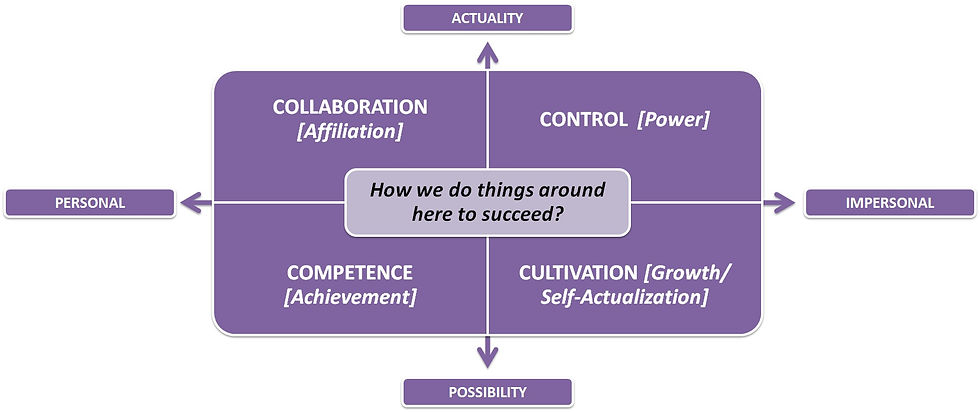
Control cultures (COMPANY/REALITY oriented) are process-driven; the company’s success depends on data, processes, etc. Many energy, aviation and defence companies have control cultures. Control cultures prize objectivity. Emotions, subjectivity, and ‘soft’ concepts take everyone’s eye off the ball and potentially get the organization in trouble. Empiricism and the systematic examination of externally generated facts are highly valued. Control cultures want no competition – they want to be the only players in town. Control cultures are command-and-control/ hierarchical- Leaders manage the work. Examples: The military, Police, Exxon.
Collaboration cultures (PEOPLE/REALITY oriented) – people work together towards a shared goal. The Collaboration culture springs from the household. Relationships are key to getting things accomplished. Google is an example, though it also has cultivation culture elements. The way to success is to put a collection of people together, to build these people into a team, to create their positive touching relationship with one another and to trust them with fully applying one another as resources. Status and rank take a back seat.
Cultivation Cultures (PEOPLE/POSSIBILITY oriented) are often cantered around a greater mission. Cultivation Culture is about learning and growing with a sense of purpose. Examples include religious organizations, non-profits, social impact organizations. Leaders remove obstacles that impede attaining the company’s mission. Example – Zappos.
Competence Cultures (COMPANY/POSSIBILITY oriented) are innovative (possibility) and utilize the best talent to bring ideas to bear. Examples: Deloitte, Apple. In a competence culture, being superior or the best is chief. This can mean having the best product, service, process or technology in the marketplace. This culture gains its uniqueness by combining possibility with rationalism. What might be and the logic for getting there are what count.
Fundamental values are knowledge and information. Formalities and emotional considerations are not important compared to proven accomplishment.
Culture Change: Where Leadership Matters Most
Culture flows from the top. Leaders model what’s acceptable—intentionally or not. Personal leadership behaviors cascade down to shape norms. Consider Microsoft under Satya Nadella. By shifting from a "know-it-all" to a "learn-it-all" mindset, Nadella signaled psychological safety and learning. This subtle change rewired cultural expectations across teams, transforming Microsoft’s innovation climate.
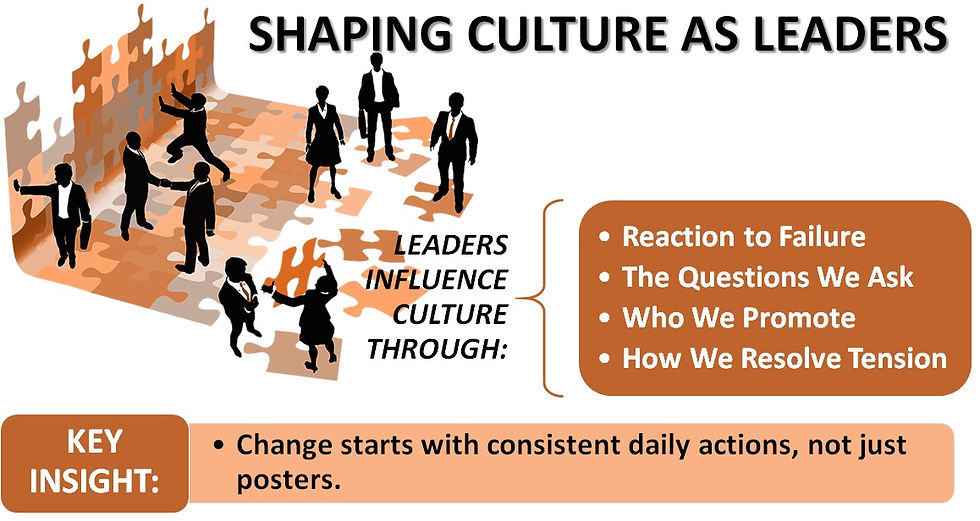
Netflix’s Cultural Shift: From Radical Transparency to Strategic Recalibration
Netflix, once renowned for its bold culture of radical candor, unlimited parental leave, and the controversial “keeper test” policy, has recently recalibrated its corporate culture. Between 2022-2024, the company revised its famous culture memo, removing the “freedom and responsibility” principle, signaling a shift towards cost discipline and creative oversight.
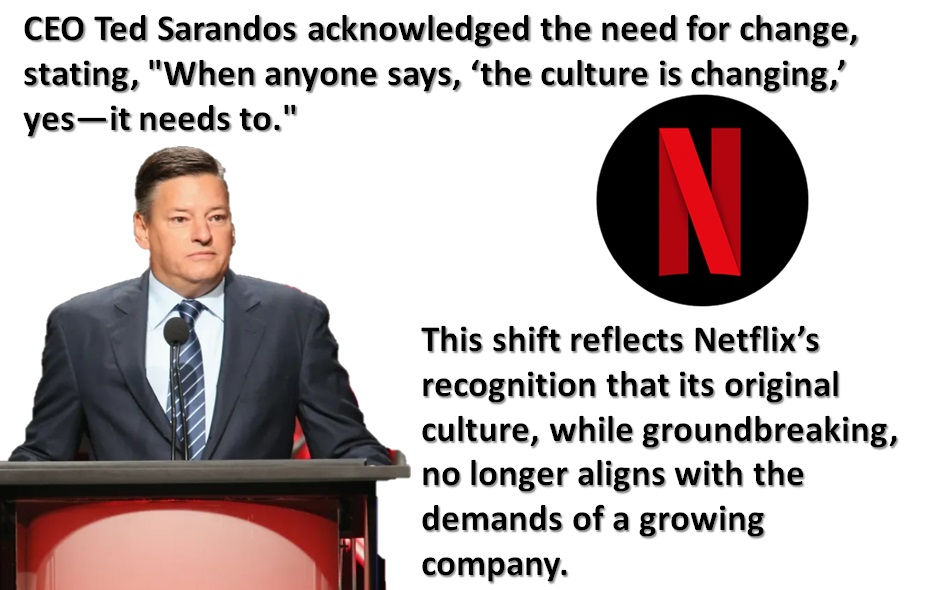
The outcome has been increased employee anxiety, a loss of trust, and growing concerns about the gap between the company’s espoused values and its lived norms.
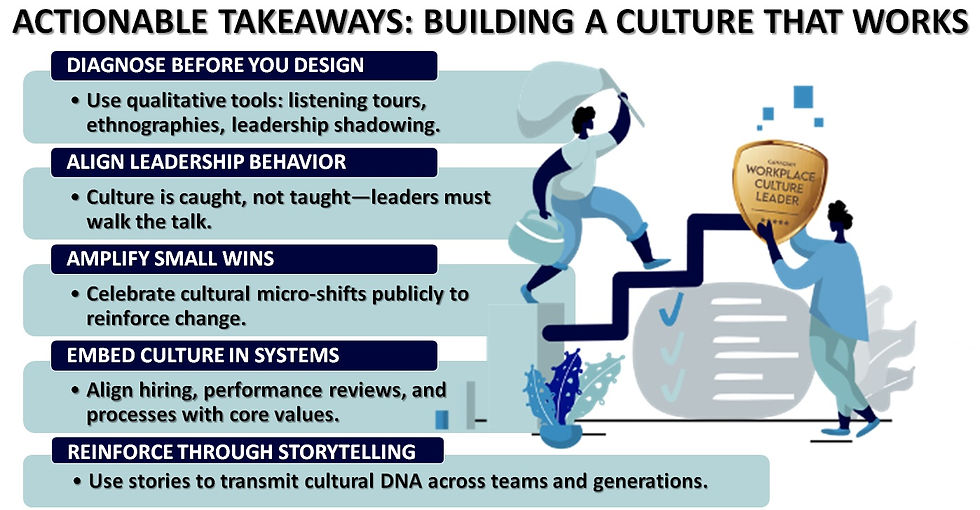
Final Thoughts: Culture Isn’t Optional
Culture is not a side project. It's not what we write in our onboarding documents. It's the silent force behind strategy execution, employee engagement, and brand trust. If we want organizations that are resilient, ethical, and high-performing, we must stop treating culture as intangible. We must study it, shape it, and most of all, live it. As Peter Drucker said, "Culture eats strategy for breakfast." Let’s make sure it’s a culture we’re proud to serve.

Content Curated By: Dr Shoury Kuttappa






Comments